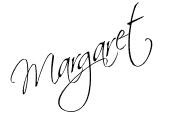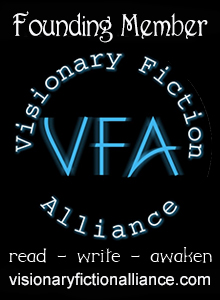Okay. I’ve been putting this off for too long. Consider it an exercise in self-coaching, positive-imaging, or focusing on a targeted goal. I’m going to discuss the key to the gate for the unpublished writer–the synopsis.
And what do I, a writer standing on the precipice, know about the synopsis?
Well, for starters, I had a heck of a time writing one for each of my four novels. And it wasn’t for lack of trying.
I bought books on the subject–you know, the ones that say your synopsis is a vital marketing tool and often does the entire job of enticing an agent or editor and might end up used as a basis for the jacket or cover copy of your book. No pressure. Right?
I purchased and studied each of the following:
Writing the Fiction Synopsis by Pam McCutcheon
The Sell Your Novel Toolkit, by Elizabeth Lyon
No More Rejections by Alice Orr
Getting an Agent by Lori Perkins
How to Write Attention Grabbing Query and Cover Letters by John Wood
The Marshall Plan for Novel Writing by Evan Marshall
Believe me, I could go on.
Yet after reading all the rules and suggestions for writing and formatting the synopsis, I made no progress.
You know why?
Because before you can write a brief narrative summary of your novel that sizzlesand sums up your plot and shows your major characters’ goals, motivations, and conflicts and demonstrates if they achieved their goals by the end of the story and how they’ve grown as a result, while showing the characters’ emotion, you must, at the very least, have the following things clear in mind.
1. Your story’s premise.
2. Your character’s internal and external goals
3. The story’s major plot points (or twists).
You’d think that after writing an entire novel you’d be clear on these things, right?
Not necessarily.
Two books that helped get me there were Writing for Story by Jon Franklin and Break into Fiction by Mary Buckham and Dianna Love.
Writing for Story was published in 1987. Yep, it’s an old book. I found it on a discount table at Borders for two dollars and then ignored it for two years. Why? Because of its subtitle: Craft Secrets of Dramatic Nonfiction by a Two-time Pulitzer Prize Winner. The Dramatic Nonfiction part had me thinking it didn’t apply to me, a writer of fiction.
During a weak moment, when I’d run out of other craft books to study, I decided to read Jon Franklin’s book and realized I’d hit pay dirt. In a chapter called Structure, Jon explains that dramatic stories (in fiction and nonfiction) consist of three major parts, the first and the last part consisting of one major focus and the middle part generally consisting of three major focuses.
The first major focus, without exception, is the complication. The complication is usually a “busy” focus, since it must begin with a lead or “narrative hook,” introduce the character and his time and place, and finally present him with the complication.
The next three focuses, he says, constitute the body of the story, or the “development,” which describes the character’s actions as he attempts to resolve the complication. Individually and collectively the developmental focuses tend to be long, compared to the first and last focuses, but they are also the least complex and the easiest to write.
The last focus is the resolution. It begins as the character sets off on the series of actions that will culminate in the achievement of the resolution, and ends when that resolution in accomplished.
Then Jon turns his attention to “one of the most misunderstood and therefore most feared of all the techniques in the writer’s bag of tricks: outlining.” And this was the section of the book that helped me the most.
By outlining he doesn’t mean the “Formal Outline with Roman Numerals and sub-one and sub-two and A and (a) and all that.” Instead his outline is “simply a scheme that you use to sort out your thoughts and analyze your story.”
If you can get a hold of this book, you’ll thank me, guaranteed.
And then I discovered Break into Fiction.
Thank you Mary Buckham. Thank you Dianna Love.
I won’t go into the details since I plan to cover this book in a future post. Suffice it to say that through the use of easy-to-follow templates, Break into Fiction helped me clarify my story premise, my protagonist’s internal and external story goals, and the story’s twist points.
Then it was a matter of fitting this information into Jon Franklin’s outline and, from there, voila! My synopsis.
After that, writing my pitch and query was easy.
How good is that?
As always, thanks for stopping by,



Girl, the synopsis is easy. Don't over think it..Remember 3 pges, and the rest is history.
Okay, so who's going to write the book, in ten pages or less, titled "The Synopsis: Don't over think it." I bet you could. Think of the people who would love you forever.
Good job, Margaret. If you are ever in the mood, will you share what you finally came up with?
xojo
Remind me, Jo, and I'll bring my findings to a critique group meeting.
Hi Margaret! I can't stand the synopsis at ALL!! But Break Into Fiction is awesome and Mary is awesome. My secret…shhh…I have Lee read it!
Lee is definitely the synopsis queen, or should I say goddess?